Geoscience Reference
In-Depth Information
numerous laboratory experiments in which the relation
between the shear fractures, extension fractures, and the
principal axes orientation are well established. Combining
Coulomb's criterion and the nature of the Earth's surface
as a principal stress surface, Anderson concluded that there
are only three kinds of faults that can be produced at the
Earth's surface: normal faults when
(Fig.
4.99a,b); thrust faults when
3
is vertical
(Fig. 4.100a,b) and strike-slip faults when
2
is vertical
(Fig. 4.101a,b). Normal faults will dip about 60
and will
show pure dip-slip movements; thrust faults will be
inclined 30
and will give also way to pure slip displace-
ments, whereas strike-slip faults will have 90
dipping sur-
faces and blocks will move horizontally. Note the relation
1
is vertical
2. Thrust faults
N
(a)
(b)
(c)
Undeformed state
σ
3
σ
2
σ
1
σ
1
z
0
F1
F1
F2
F2
σ
2
x
0
σ
3
(d
1
)
(d
2
)
z
2
z
1
x
2
x
1
(e)
E
Fig. 4.100
Thrust faults form to accommodate a shortening due to compression in some sections of the crust. (a) Anderson's model for the relation
between a pair of thrust conjugate faults (
F
1 and
F
2) and the orientation of the principal stress axes are shown. Thrust faults, following Anderson's
model form when
3
is vertical (this will be the orientation of the principal strain axis
S
1
). (b) The stereographic projection (Cookie 19) for the
model in (a) is shown. (c) Considering an initial segment to the crust, thrust faulting will form as a response of brittle deformation caused by
compression, which produces a progressive horizontal shortening and vertical thickening by the formation of (d) new faults d
1
and d
2
.
(e) An example of reverse and thrust faults cutting recent deposits (Loutraki, Greece).










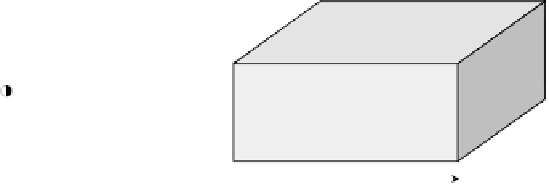




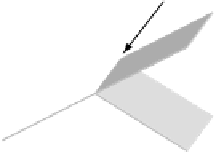


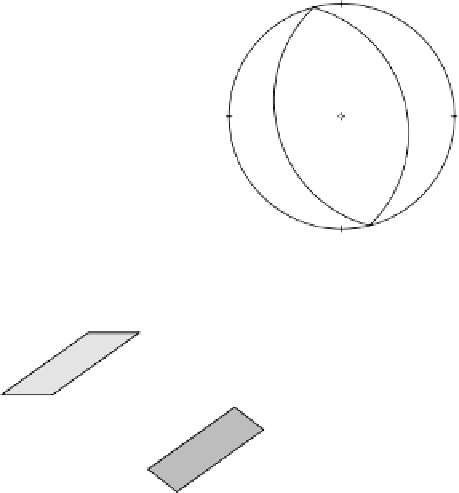







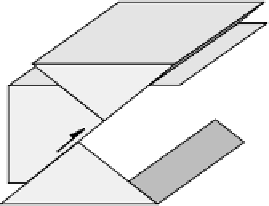


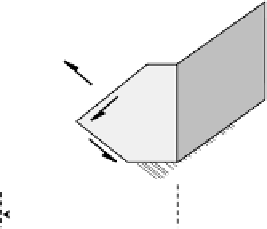
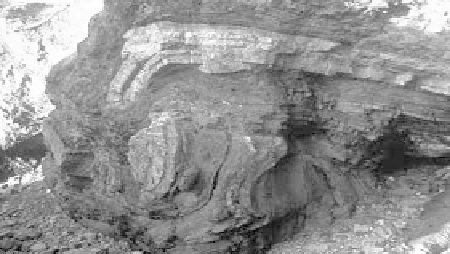







Search WWH ::

Custom Search